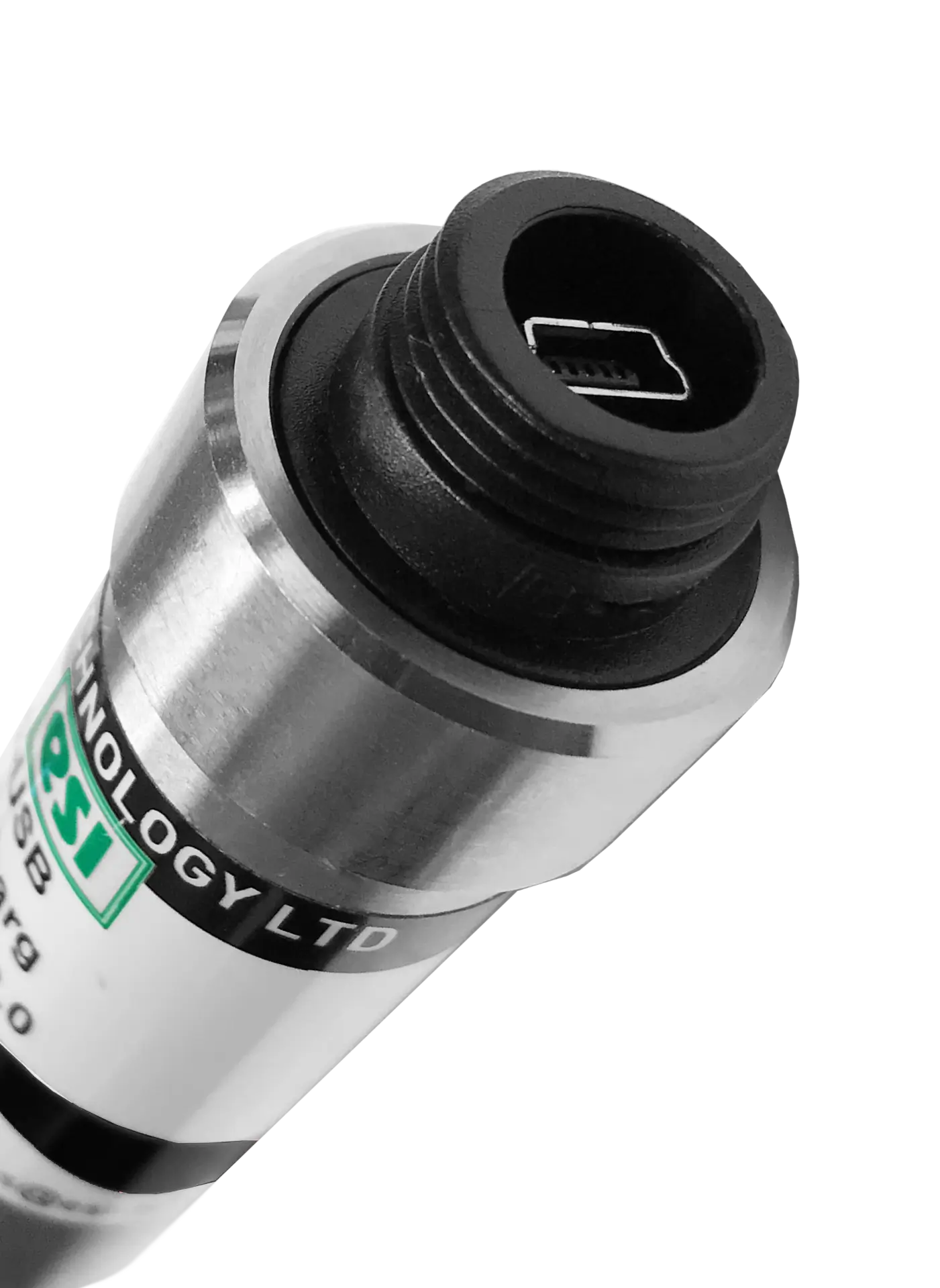Our Unit Converter
The ESI Unit converter allows you to quickly and easily access a conversion tool to work out your preferred unit of pressure measurement wherever you may be. Whether out on-site or in the office.

Download the ESI-USB© Software
The ESI-USB© software allows you to connect your ESI transducer to your laptop or PC and be up and running monitoring pressure data within ten minutes. The software auto-updates and is compatible with Windows 8, 10 & 11.


Factors That Affect Performance of Low Pressure Transmitters
Low pressure transmitters are naturally very sensitive instruments and there are several factors that need to be considered before installing one. Low pressure transmitters may look robust on the outside with its high IP rated stainless steel case just like any other pressure transmitter, but inside these transmitters is a very thin diaphragm which is highly sensitive to any kind of mechanical or acceleration stress.
There are a variety of differing technologies out there when it comes to low pressure sensing such as variable capacitance, strain gauges and variable inductance. All of these technologies have a reliance on a diaphragm to collect a force and convert it into a form of electrical signal. For the transmitter to measure small pressure changes the diaphragm has to have a surface area ratio low enough to provide sufficient flexibility which can allow an electrical signal to be measured.
Low Pressure Transmitters are More Vulnerable
Thin diaphragms have lower natural resonant frequencies than thicker diaphragms. This means that low pressure transmitters are much more vulnerable to shocks and vibrations, this in turn can cause large zero shifts in the electrical signal. This can effect the calibration of the transmitter and in the most extreme of cases the diaphragm could be destroyed by a sudden shock. In general however nearly all pressure transmitters are robust enough to be used in most applications. Instead it is the effects on the performance of accuracy measurement that is a bigger concern.
There is one acceleration effect which is present in every installation. This effect is gravity. Think about a thin and large diameter diaphragm which has been orientated to a horizontal plane. The diaphragm will sag downwards slightly due to the effects of gravity acting on its own weight. If you flip the diaphragm the other side will start to sag. If you are monitoring the output signal you would notice a positive and negative change in the zero pressure output. This is called the ?g? effect. Because of this ?g? effect care needs to be taken that the low pressure transmitter is installed at the same orientation that it was originally calibrated. If this is impossible to achieve then adjustments need to be made to the transmitter or the measurement instrumentation to nullify the zero offset.
Any sort of external mechanical stress can be detected by low pressure transmitters if it is closely coupled with surrounding components. As an example, if the diaphragm is positioned close to a pressure connector there could be some coupling of material stresses when tightening during the installation. This will show up as a zero offset on the output signal. You can reduce this stress by choosing a pressure transmitter which has a sensing diaphragm that is isolated from any pressure connector ports. This can help to ensure that during installation none of the stresses can be applied, thus a calibration shift will not occur.
Most pressure transmitters have thermal compensation circuitry to help remove a considerable portion of errors caused by thermal expansion of the sensing components. These temperature effects are exaggerated on low pressure transmitters because of the highly sensitive diaphragm. Low pressure transmitters should be installed in locations where the temperature is constant or somewhere close to room temperature. If this is not possible then you can install a short length of dead ended pipe to provide a ?stand off? for the transmitter. This means that the media inside the pipe can be allowed to cool in temperature before reaching the transmitter.


